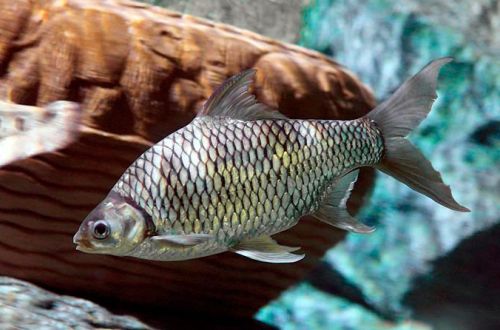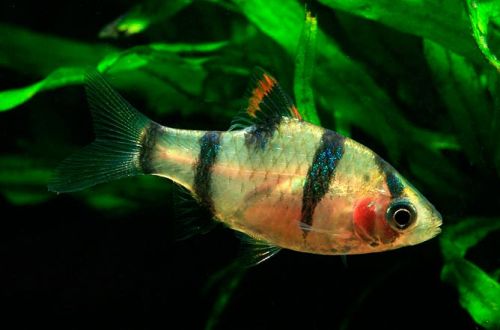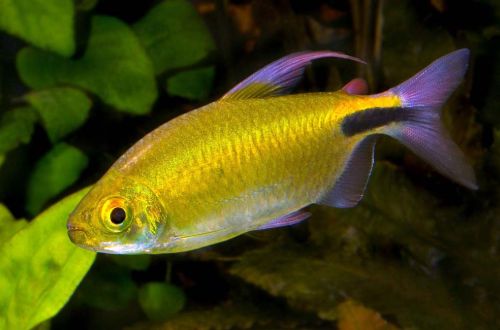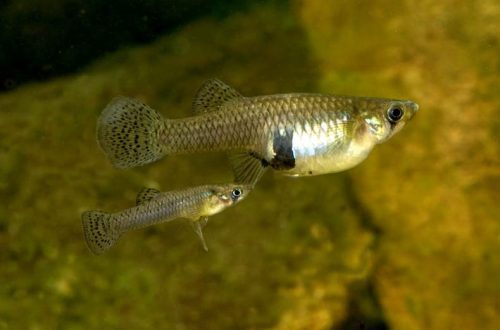
Silver Barbus
The Silver Barb, scientific name Barbonymus gonionotus, belongs to the family Cyprinidae (Cyprinidae). Primarily a commercial fish than an aquarium fish, therefore it is rarely found in home aquariums. It has a fairly large size, easy to maintain, not aggressive. The disadvantages include nondescript coloring.

Contents
Habitat
The natural habitat covers almost the entire Southeast Asia from Laos to Peninsular Malaysia. This species is found in all major river systems in the region, including the Mekong, Maeklong and Chao Phraya. Inhabits the main channels of rivers, and in the rainy season swims to the flooded areas of tropical forests for spawning.
Brief information:
- The volume of the aquarium – from 500 liters.
- Temperature – 20-26°C
- pH value – 6.0–8.0
- Water hardness – 2-15 dGH
- Substrate type – any
- Lighting – any
- Brackish water – no
- Water movement is weak
- The size of the fish is about 25-30 cm.
- Food – any food
- Temperament – peaceful
- Content in a group of 6 individuals
Description
Adult individuals reach a length of 25-30 cm. The color is silver-gray, the fins are translucent. Sexual dimorphism is weakly expressed. Males and females are similar to each other and differ only in size, the latter are somewhat larger.
Food
Omnivorous species. In nature, the basis of the diet is aquatic vegetation, small crustaceans, insect larvae and other zooplankton. The aquarium will accept most popular feeds with herbal supplements. They can eat exclusively dry, but high-quality feed (flakes, granules, tablets).
Maintenance and care, arrangement of the aquarium
The optimal size of the aquarium for such a large fish should start from 500-600 liters. The design does not matter, the Silver Barbus can perfectly manage with an empty tank. The only thing you need to pay attention to is the availability of free space for swimming. Any large fish produces a lot of waste, and given the need to maintain high water quality, a productive filtration system from external filters becomes mandatory. Also mandatory are the standard aquarium maintenance procedures, such as weekly replacement of part of the water with fresh water, regular cleaning of organic waste, maintenance of equipment, monitoring of pH and dGH parameters.
Behavior and Compatibility
Non-aggressive peaceful fish, however, due to its size, can, on occasion, eat smaller neighbors. Only fish of similar size should be considered as compatible species. They prefer to be in a group of 6 individuals, single content is not recommended.
Breeding / breeding
At the time of this writing, there were no cases of breeding Silver Barbs in private aquariums, which is due to the low prevalence of this species in amateur aquariums and the need to create specific conditions reminiscent of natural river floods during the rainy season. On fish farms, they are often cultivated as food fish, where hormonal injections are used to stimulate spawning.
Fish diseases
In a balanced aquarium ecosystem with species-specific conditions, diseases rarely occur. Often, diseases are caused by environmental degradation, contact with sick fish, and injuries. If this could not be avoided and the fish shows clear signs of illness, then medical treatment will be required. Read more about symptoms and treatments in the Aquarium Fish Diseases section.





